Qualcomm Stadium
| Qualcomm Stadium | |
|---|---|
| The Q, The Murph | |
| Former names | San Diego Stadium (1967–1980) Jack Murphy Stadium (1980–1997) |
| Location | 9449 Friars Road, San Diego, CA 92108 |
| Coordinates | 32°46′59″N 117°7′10″WCoordinates: 32°46′59″N 117°7′10″W |
| Broke ground | 1965 |
| Opened | August 20, 1967 |
| Owner | City of San Diego |
| Operator | City of San Diego |
| Surface | Grass |
| Construction cost | $27 million USD |
| Architect | Frank L. Hope |
| Capacity | 50,000 (1967) 48,460 (1977) 58,433 (1986) 71,294 (1997) Football 67,544 (1997) Baseball |
| Field dimensions | Left field 330 (1969), 327 (1982) Left-center & Right-center 375 (1969), 370 (1982) Center field 420 (1969), 410 (1973), 420 (1978), 405 (1982) Right field 330 (1969), 327 (1982), 330 (1996) Backstop 80 feet (1969), 75 (1982) |
| Tenants | |
| San Diego Chargers (AFL/NFL) (1967–present) San Diego Padres (MLB) (1969–2003) Holiday Bowl (NCAA) (1978–present) Poinsettia Bowl (NCAA) (2005–present) San Diego State Aztecs (NCAA) (1967–present) San Diego Padres (PCL) (1968) San Diego Sockers (NASL) (1978–1984) San Diego Jaws (NASL) (1976) Old Mission Beach Athletic Club RFC (at the Little Q) | |
It is the current home of the San Diego Chargers, of the NFL and the San Diego State University Aztecs college football team. It hosts the Pacific Life Holiday Bowl and the San Diego County Credit Union Poinsettia Bowl college football games every December. Until 2003, it served as the home of San Diego Padres, of MLB.
The stadium has hosted three Super Bowl games: Super Bowl XXII in 1988, Super Bowl XXXII in 1998, and Super Bowl XXXVII in 2003. It has also hosted the 1978 and 1992 Major League Baseball All-Star Games, the 1996 and 1998 National League Division Series, the 1984 and 1998 National League Championship Series, and the 1984 and 1998 World Series. It is the only stadium ever to host both the Super Bowl and the World Series in the same year (1998). It is one of three stadiums to host all three events, along with the Hubert H. Humphrey Metrodome in Minneapolis and Los Angeles Memorial Coliseum.
The stadium is located immediately northwest of the interchange of Interstate 8 and Interstate 15; the neighborhood surrounding the stadium is known as Mission Valley, in reference to the Mission San Diego de Alcala, which is located to the east, and its placement in the valley of the San Diego River. The stadium is served by the Qualcomm Stadium San Diego Trolley station, accessible via the Green Line and a Special Events line from the 12th and Imperial Transit Center.
History
In the early 1960s, local sportswriter Jack Murphy, the brother of New York Mets broadcaster Bob Murphy, began to build up support for a multipurpose stadium for San Diego. In November 1965, a $27 million bond was passed allowing construction to begin on a stadium, which was designed in the Brutalist style. Construction on the stadium began one month later. When completed, the facility was named San Diego Stadium.The Chargers (then a member of the American Football League) played the first game ever at the stadium on August 20, 1967. San Diego Stadium had a capacity of around 50,000; the three-tier grandstand was in the shape of a horseshoe, with the east end low (consisting of only one tier, partially topped by a large scoreboard). The Chargers were the main tenant of the stadium until 1968, when the AAA Pacific Coast League San Diego Padres baseball team played its last season in the stadium, following their move from the minor league sized Westgate Park. Due to expansion of Major League Baseball, this team was replaced by the current San Diego Padres major-league team beginning in the 1969 season. (The Padres moved out of Qualcomm Stadium following the 2003 season.)
After Jack Murphy's passing in 1980, San Diego Stadium was renamed San Diego-Jack Murphy Stadium or simply Jack Murphy Stadium. In 1983, over 9,000 bleachers were added to the lower deck on the open end of the stadium raising the capacity to 59,022. The most substantial addition was completed in 1997, when the stadium was fully enclosed, with the exception of where the scoreboard is located. Nearly 11,000 seats were added in readiness for Super Bowl XXXII in 1998, bringing the capacity to over 71,000. Also in 1997, the facility was renamed Qualcomm Stadium after Qualcomm Corporation paid $18 million for the naming rights. The naming rights will belong to Qualcomm until 2017. In order to continue to honor Murphy, the city named the stadium site Jack Murphy Field.[1] However, as part of the naming agreement Jack Murphy Field was not allowed to be used alongside Qualcomm Stadium.[2] Some San Diegans, however, still refer to the stadium as "Jack Murphy" or simply "The Murph". Bob Murphy before his death in 2004, during New York Mets broadcasts still referred to it as Jack Murphy Stadium, even after it was renamed.
The stadium was the first of the square-circle "octorad" style, which was thought to be an improvement over the other cookie cutter stadiums of the time for hosting both football and baseball (the second and last of this style was the since-imploded Veterans Stadium). Despite the theoretical improvements of this style, most of the seats were still very far away from the action on the field, especially during baseball games. It is one of the few "cookie-cutter" stadiums to still remain active, along with Robert F. Kennedy Memorial Stadium.
Configurations
In order to accommodate the dimensions of both football and baseball fields, the stadium was constructed with half of the lower (Field Level) level seating built of permanent concrete (in the southern quadrant of the stadium), and the other half of portable modular construction using aluminum or steel framing.When the stadium was configured for baseball, the portable sections would be placed in the western quadrant of the stadium along the third base-left field side. Open bullpens were located along both foul lines just beyond the ends of the Field-level seats.
In the football configuration, the portable seating sections are placed in the northern quadrant of the stadium (covering what is used as left field in the baseball configuration) to allow for the football field to be laid out east-west (along the first base/right field foul line, with the western end zone placed in the area occupied by the portable seating sections in the baseball configuration, and the eastern end zone along the right-center field wall).
Doorways are cut in the walls of the stadium in order to allow access to these seats from the tunnel below the Plaza level in both configurations (in baseball configuration, the football doors could be seen above the left field inner wall; in football configuration, the baseball doors are visible above the west end zone, opposite the scoreboard). These doors are rolling metal overhead doors, with the field side painted to match the surrounding walls facing the field.
The Padres
From their inception in 1969 until the end of 2003, when they moved into PETCO Park in the downtown area, the National League's San Diego Padres called the stadium home.The baseball field dimensions had varied slightly over the years. In 1969, the distance from home plate to the left and right field wall was 330 feet (100 m), the distance to the left- and right-center field power alleys was 375 feet (114 m), and the distance from home plate to the center field was 420 feet (130 m). A 19-foot (5.8 m) wall, whose top was the rim of the Plaza level, surrounded the outfield, making home runs difficult to hit. Later, an eight-foot fence was erected, cutting the distances to 327, 368 and 405 feet (123 m), respectively. In 1996 a note of asymmetry was introduced when a 19-foot (5.8 m) high scoreboard displaying out-of-town scores was erected along the right-field wall near the foul pole and deemed to be in play, and so the distances to right field and right-center field were 330 feet (100 m) and 370 feet (110 m), respectively, while the remaining dimensions remained the same.
Rickey Henderson collected his 3000th major league base hit here on October 7, 2001 as a Padre, in what was also the last major league game for eight-time National League batting champion and Hall of Famer: "Mr. Padre" Tony Gwynn, who played his entire career here. Recent fans were treated to a recording of the song "Hell's Bells" by the heavy metal rock band AC/DC whenever ace reliever Trevor Hoffman arrived in a game in the 9th inning in a save situation. Victories by both the Padres and Chargers have been celebrated by the playing of the song "Gettin' Jiggy With It" recorded by singer and actor Will Smith.
It was before a Padres game at the Murph against the Cincinnati Reds where comedian Roseanne Barr gave her infamous rendition of "The Star-Spangled Banner" in 1990.[3]
The Chargers
The San Diego Chargers teams that played football here in the 1970s and 1980s featured a high-scoring offense led by quarterback Dan Fouts and featuring running back Chuck Muncie, tight end Kellen Winslow, receiver Charlie Joiner and place-kicker Rolf Benirschke; however, the first Chargers team to advance to the Super Bowl (in 1994, Super Bowl XXIX) featured a strong defense anchored by linebacker Junior Seau and an unspectacular but efficient offense led by quarterback Stan Humphries and running back Natrone Means.The stadium played host to the 1980 AFC Championship Game, which the "Bolts" would lose to AFC West and in-state rival, the Oakland Raiders, 34-27. The Chargers also hosted Wild Card and Divisional Playoff games here in 1980, 1992, 1994, 1995, 2004, 2006, 2007, 2008 and 2009, going 5-5 in all playoff games held at the stadium.
The Aztecs
Further information: San Diego State Aztecs
Since its inception, the stadium, which is approximately five miles from campus, has been the home of the San Diego State University Aztecs. Before the building of the stadium, they had played their games at Balboa Stadium and their small, on-campus stadium, the Aztec Bowl (which is now the site of Viejas Arena, the home of the university's basketball teams). Traditionally, the team, clad in all-black uniforms and red helmets, has played its home games at night, a tradition started during the days of former head coach Don Coryell before the stadium was even opened. There have been attempts in the past to change from "The Look," but all have led to poor play by the Aztecs and a reversion back to the traditional look.College bowl games
Further information: Holiday Bowl and Poinsettia Bowl
Following the 1978 college football season, the stadium began hosting the Holiday Bowl, an annual bowl game held before New Year's Day. It originally hosted the Western Athletic Conference champion (at the time, the hometown Aztecs had just joined this conference) against a nationally ranked opponent. The game has traditionally been a high-scoring affair, and prior to 2009 no team had ever managed to score less than ten points (which occurred in the 2006 game, when the Texas A&M Aggies lost 45-10 to the California Golden Bears) and only 1/3 of the games have had a team even score less than twenty points. In the 2009 game, Arizona failed to score against Nebraska. The 1984 game is well-known for it being the culmination of BYU's championship season, the last championship not won by a member of the current BCS alliance.On December 22, 2005, a second bowl game came to San Diego when the inaugural San Diego County Credit Union Poinsettia Bowl was played at Qualcomm, with Navy beating Colorado State.
Soccer
Qualcomm Stadium has been a venue for many international soccer matches. The stadium has hosted FIFA tournaments, including the CONCACAF Gold Cup, and the U.S. Cup (an international invitational), as well as many international friendly matches involving the Mexican National Team.[4] The most recent international friendly at Qualcomm set an all-time attendance record for the sport in the region. The match between Mexico and Argentina which was held on 4 June 2008 drew 68,498 spectators.[5] The stadium has also hosted several international friendlies featuring teams such as Portsmouth FC and Club America. In addition, Qualcomm Stadium was part of the 18-stadium United States 2018 and 2022 FIFA World Cup bid, but the United States did not win either bid for the World Cup.The San Diego Sockers of the North American Soccer League played at the stadium from 1978 to 1983.
Other sports
CIF San Diego Section Finals for high school football are held at Qualcomm Stadium. These usually take place on a Friday in early December, and four games are played (with eight teams representing four separate divisions, which are determined by the enrollment sizes of the indiviual schools).Old Mission Beach Athletic Club RFC play rugby union at the adjacent mini-stadium, so-called Little Q.
BMX Motocross and monster truck events have been held in the stadium as well.
ESPN held their inaugural Moto X World Championships at Qualcomm in April 2008, and has previously used the stadium parking lot and surrounding streets as a venue in the X Games Street Luge competition.
Concerts on the Green
Concerts on the Green is a sports field converted into a music and entertainment venue, located on the southwest corner of the stadium parking lot. The field was originally used as a practice venue for the San Diego Chargers. After the team moved to Chargers Park about a mile north of the stadium, the area was used primarily for rugby. AEG leased the area and retrofit it into an open-air amphitheater for concerts and other entertainment shows. The venue had the capability to hold 12,500, making it the second biggest entertainment venue in the Greater San Diego area; only Cricket Wireless Amphitheatre seats more.Other uses
Jehovah's Witnesses usually host their District Conventions here, where thousands attend.
Billy Graham has also held a few revivals here.
Many concerts have also been held inside the stadium over the years, by famous artists of many different genres. One being the famous Guns N' Roses/Metallica Stadium Tour September 30,1992
American Idol (season 7) held auditions there in July 2007; a total of 30 people who auditioned there made it to the next round.
During the Cedar Fire in October 2003 and the October 2007 California wildfires, the stadium served as an evacuation site for those living in affected areas. (This was similar to the use of the Houston Astrodome and the New Orleans Superdome during Hurricane Katrina). The Cedar Fire forced the Chargers to move a contest with the Miami Dolphins to Tempe, Arizona.
In the 1980s and early 1990s, the San Diego County Council of the Boy Scouts of America used the stadium's concourse areas (between the rear of the grandstands and the freestanding wall which contains the entrance gates) as well as portions of the parking lots as the site of its annual Scout Fair. (The San Diego County Council has since merged with the council representing Imperial County to form the San Diego-Imperial Council.)
In a January 30, 2009 episode of Monk, Qualcomm Stadium was known as Summit Stadium in the episode Mr. Monk Makes the Playoffs with the fictitious San Francisco Condors as the hometeam.
The future
Main article: New Chargers Stadium
With the departure of the Padres following the 2003 season and even beforehand, there has been much talk of replacing the increasingly obsolete (by NFL standards) stadium with a more modern, football-only one. There have been many problems with this project, the most obvious one being the city's inability to fund such a stadium.[6]The team and city have both attempted to bring business partners in on the proposed $800 million project, which would be located in downtown San Diego's East Village [7] and include upgrades to the area and infrastructure, but all efforts have failed so far. The Chargers had a clause in their contract, to the effect that if they paid off all debts to the city and county for the upgrades to the current stadium by 2007, then the team could pull out of its lease in 2008; however the clause has not, as yet, been activated.
The NFL has said that if San Diego wants to host another Super Bowl, it would have to be in a new stadium and not Qualcomm Stadium. In recent years, the NFL has awarded Super Bowl games to cities that have new stadiums.

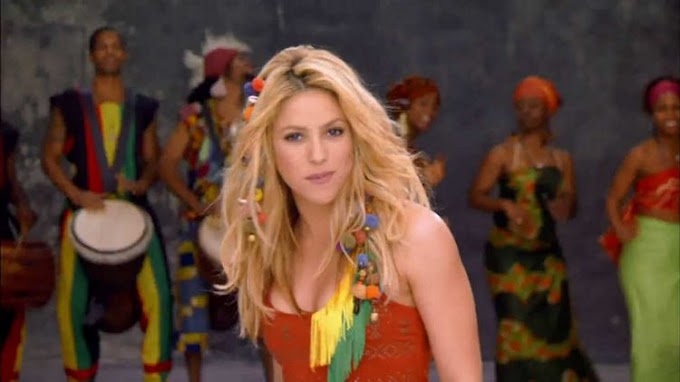
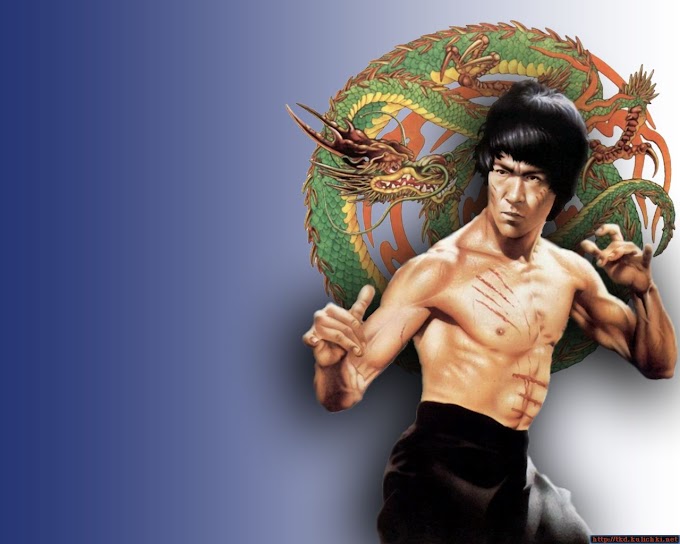
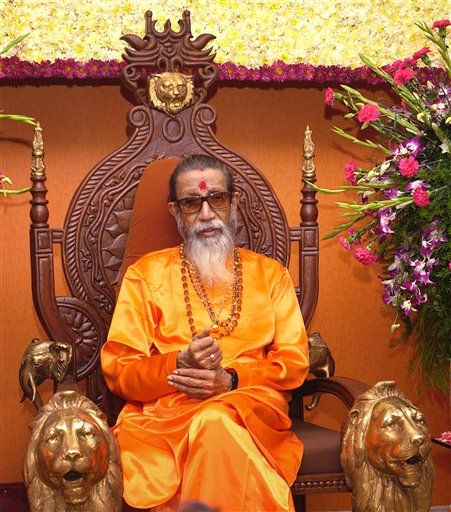
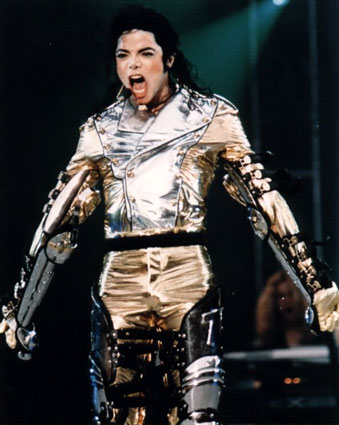
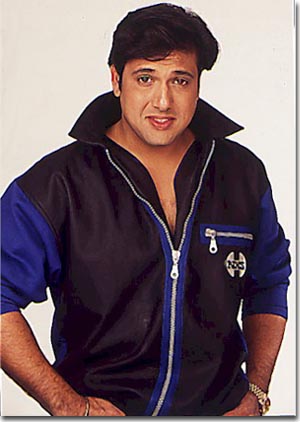


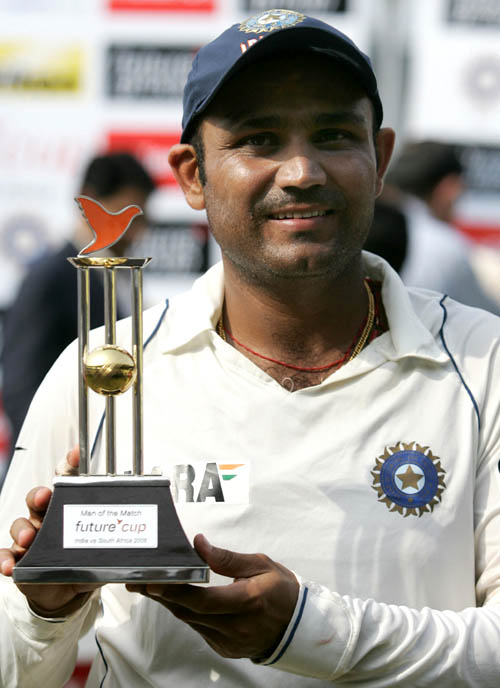


0 Comments